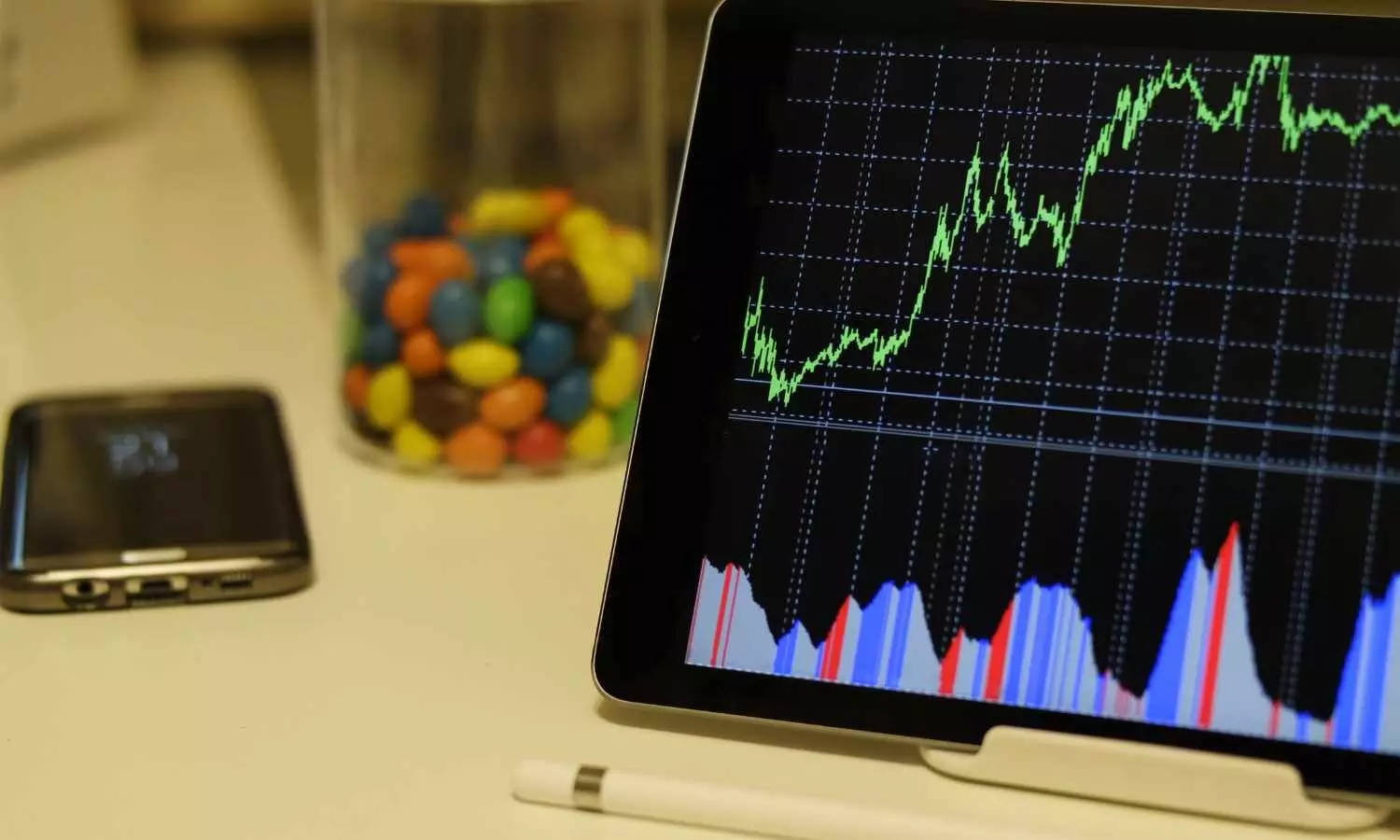Is rate-cut orgy coming on the verge of closure?
India’s CPI inflation eased to a 98-month low of 1.55% in July, driven by falling food prices. Analysts caution sticky core inflation, rising bond yields, and export sector pressures may limit RBI’s rate cuts ahead.
Is rate-cut orgy coming on the verge of closure?

The country’s CPI inflation moderated to 98-month low of 1.55 per cent in July, from 3.60 per cent in the year-ago period, indicating pause in future rate cuts.
The July reading is marking the ninth consecutive month of decline and mainly due to decline in food inflation, which is also at 78-month low at –1.76 per cent, after January, 2019, when it was at –2.24 per cent.
The sharp easing in headline CPI is encouraging, but core inflation’s stickiness at 4.2 per cent underscores that underlying price pressures remain sticky.
Indian Inc in Q1 reported topline growth of 5.4 per cent while EBIDTA grew by around 6 per cent, as compared to 11 per cent EBIDTA growth in the previous quarter and around 12 per cent in the year-ago period.
In Q2, analysts see revenue and margin pressure in export-oriented tariff affected sectors such as textile, gems and jewellery, leathers, chemicals, agriculture and auto components.
Since MPC decided to cut rates in June and subsequent status quo in August, the 10-year yield has started rising. From hovering around 6.30 per cent in July, it has now crossed the 6.45 per cent -mark. The bond yield may not become moderate until and unless a clarity would descend regarding tariffs. In this context we again want to highlight that yield curve is a public good.
On the projections side, in-house estimates point to a lower inflation print vis-à-vis the RBI’s projection. However, with August inflation print likely to top 2 per cent and be closer to 2.3 per cent, a rate cut in October looks difficult. Even a rate cut in December looks a tad difficult if growth numbers for Q1 and Q2 are taken into consideration.
The CPI inflation was dampened by the continued YoY decline in food prices on an elevated base, even as vegetable prices displayed a surprsing uptick.
Icra expects the CPI F&B print to revert to an inflation in August from deflation of 0.8 per cent in July. Consequently, the headline CPI inflation is likely to inch up to 2.0 per cent in August from 1.55 per cent in July, with an average CPI inflation of 3.0-3.2 per cent in FY26.
Kharif sowing in the entire season is set to exceed last year's level by a reasonable margin. Cumulative kharif sowing at the end of the ongoing season can meet last year's level, even if incremental sowing contracts by 20 per cent YoY in the remainder of the season. Nevertheless, the spatial and temporal distribution of rainfall remains key, including a timely withdrawal of the rains to allow for well-timed harvesting.
The expected uptrend in the forward-looking inflation trajectory, particularly the 4 per cent-plus prints for Q4 and the successive quarter, would limit the space for rate cuts in the upcoming policy meetings.
While lower rates support equities and debt, subdued inflation may limit nominal GDP, earnings, tax revenues and credit growth.
EoM.

